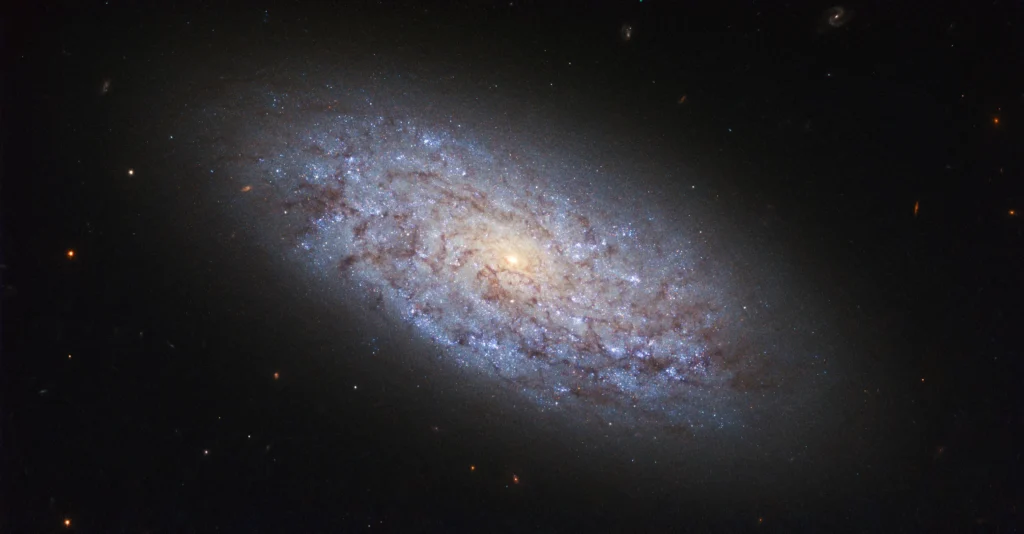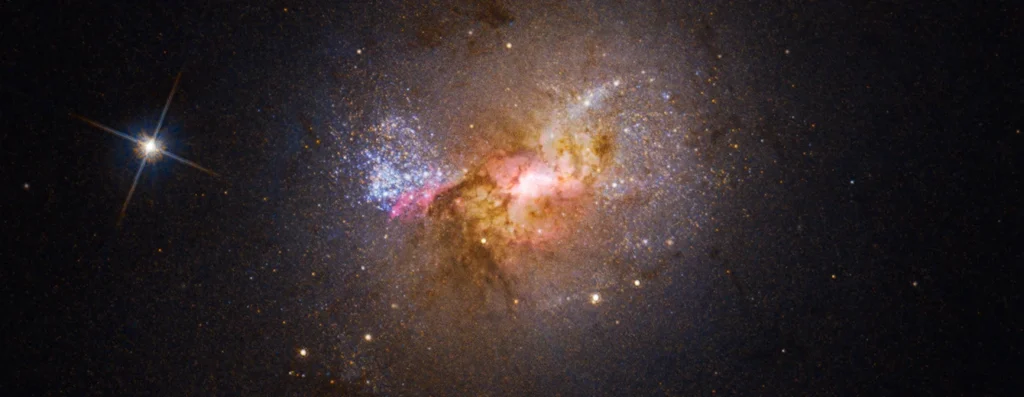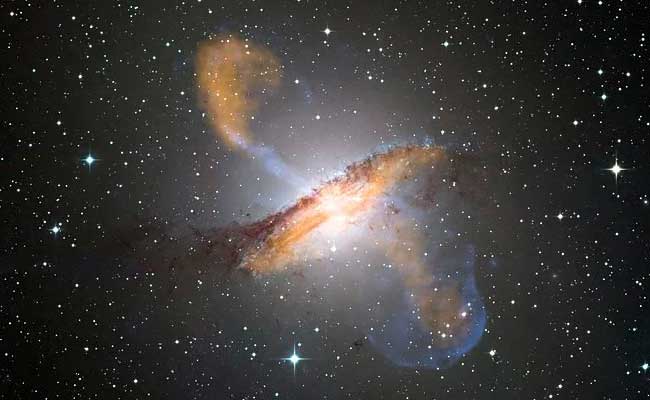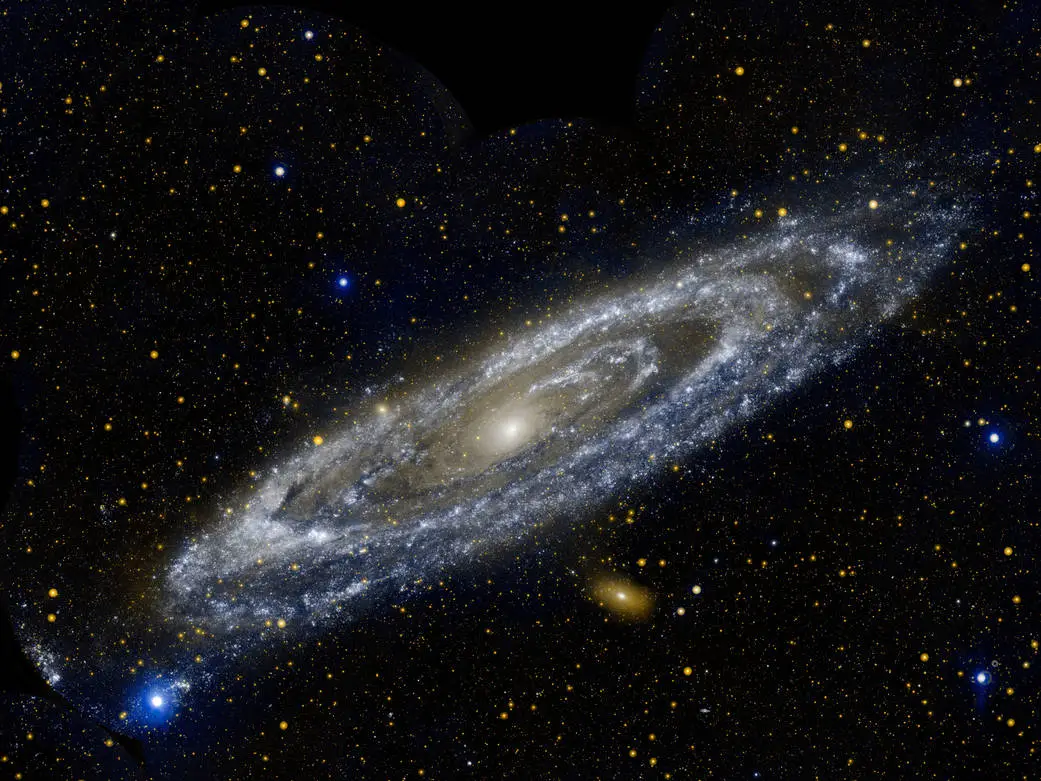Dwarf Galaxies: Dwarf galaxies are small galaxies that contain fewer stars and less mass than larger galaxies such as the Milky Way. They are fascinating objects that can teach us about the early universe, the nature of dark matter, and the processes that govern galaxy formation and evolution. In this article, we will explore the world of dwarf galaxies, including their properties, formation, and evolution.
What are Dwarf Galaxies?

Dwarf galaxies are galaxies that are significantly smaller and less massive than other galaxies. They are often irregular in shape and can be classified into two main types: dwarf spheroidal galaxies and dwarf irregular galaxies.
Dwarf spheroidal galaxies are round or elliptical in shape and have little to no gas or dust. They are typically found in the vicinity of larger galaxies, such as the Milky Way, and are believed to be satellite galaxies that have been gravitationally captured.
On the other hand, are more irregular in shape and often contain significant amounts of gas and dust. They are typically found in the outer regions of galaxy clusters and are believed to have formed through interactions with other galaxies.
Formation of Dwarf Galaxies:
The formation of galaxies is a complex process that is still not fully understood. One theory is that galaxies form through the merging of smaller, gas-rich galaxies. As these galaxies merge, they trigger the formation of new stars and create a new, larger galaxy.
Another theory is that galaxies form through the collapse of gas clouds. In this scenario, a cloud of gas collapses under its own gravity, forming a small, dense object that eventually becomes a dwarf galaxy.
Regardless of how they form, it is clear that galaxies are intimately connected to the larger galaxies they orbit. Studies have shown that the number and properties of galaxies around a larger galaxy are strongly influenced by the environment in which they are found.
Evolution of Dwarf Galaxies:

The evolution of dwarf galaxies is also a complex process that is influenced by a variety of factors, including interactions with other galaxies, the presence of dark matter, and the effects of radiation from nearby stars.
One of the most intriguing aspects of dwarf galaxy evolution is the role of dark matter. Dark matter is a mysterious substance that is believed to make up a significant portion of the universe’s mass. It is thought to play a critical role in galaxy formation and evolution, including the formation of galaxies.
Recent studies have shown that galaxies are highly sensitive to the effects of dark matter. In some cases, the gravitational influence of dark matter can cause galaxies to form in unexpected shapes and with unusual orbits. This has led some researchers to suggest that galaxies may provide important clues about the nature of dark matter.
Dwarf galaxies are small, intriguing objects that can teach us a great deal about the universe. They are intimately connected to the larger galaxies they orbit and are influenced by a variety of factors, including dark matter and the environment in which they are found. Although much is still unknown about these fascinating objects, ongoing research is shedding new light on the processes that govern their formation and evolution. By studying galaxies, we can gain a deeper understanding of the universe and the fundamental laws that govern its behavior.
Read Also: What is Curiosity Rover ?
![]()






One thought on “Dwarf galaxies”